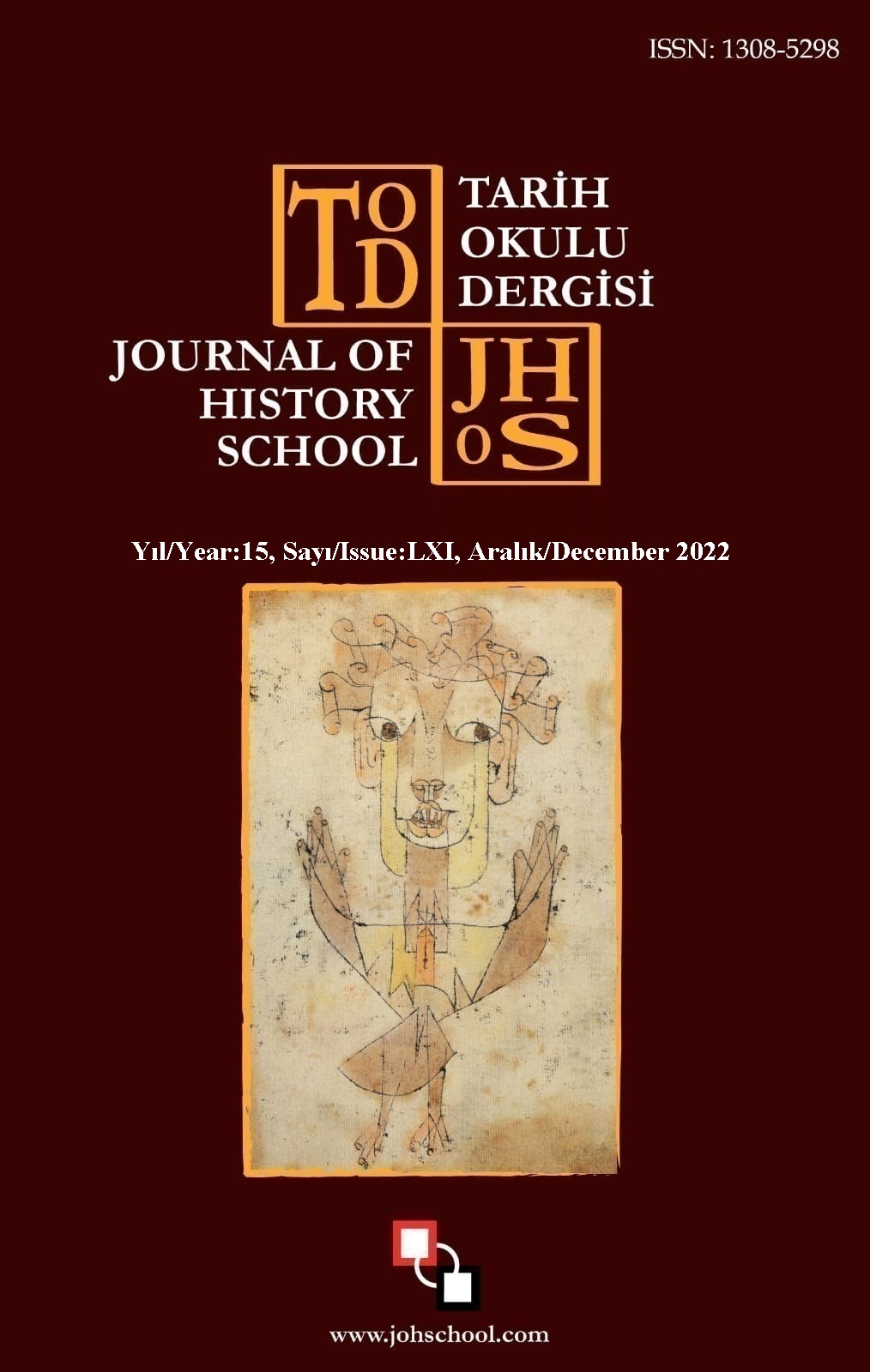Author :
Abstract
- yüzyıl Osmanlı Devleti’nin gücünün zirvesini temsil etmesine karşılık aynı zamanda toplumsal huzursuzlukların, askerî ayaklanmaların, taht kavgalarının ve burada konumuz olan medreseli gençlerin kanun dışı hareketlerinin görüldüğü bir dönem olmuştur. XVI. yüzyılda başlayıp XVII. yüzyıl boyunca devam eden kargaşa döneminin önemli parçasını medrese öğrencilerinin oluşturduğu suhtelerin çıkarmış olduğu bu hareketler oluşturmaktadır. Osmanlı Devleti’nde eğitim ve öğretimin gerçekleştiği medreseler, klasik çağda kurumsallaşmasını tamamlamış ve ilmî olarak bir sınıflandırmaya tabi tutularak belirli icazetlerle oluşturulmuş yapılardır. Bu dönemde İlmiye sınıfında mansıpların usulsüzce dağıtılmasına bağlı olarak Anadolu’nun muhtelif yerlerindeki medreselerde her geçen gün sayıları artan ve mansıp bekleyen talebelerin suhte ayaklanmaları olarak adlandırılan isyan hareketleri başlattıkları görülmektedir. Özellikle I. Süleyman’ın saltanatı öncesinde başlamış olan kapılanma hareketinin merkezden taşraya doğru sirayet etmesi medreseli gençlerin uzun süre görev beklemelerine sebep olmuş bunun sonucu olarak da medreselilerin toplu eşkıyalık hareketleri baş göstermiştir. Bu çalışmada Osmanlı Devleti’nde XVI. yüzyıldan itibaren siyasi, sosyal, ekonomik buhranlar neticesinde başta Anadolu olmak üzere birçok bölgede meydana gelen suhte hareketlerinin Manisa merkezli Saruhan Sancağı ve çevresi üzerinden değerlendirilmesi yapılacaktır. “Ehl-i fesat, haram-zade, suhte taifesi” şeklinde isimlendirilen ve bir nevi büyük çaplı eşkıyalık hareketleri olarak kabul edilen bu isyanlar için mühimme defterlerindeki hükümler çalışmanın en önemli kaynaklarını oluşturmaktadır. Bu kaynaklar ışığında XVI. yüzyılın ortalarından başlayarak sonuna kadar devam eden suhte isyanlarının nedenleri, muhtevası ve ne gibi olaylara sebep oldukları konusunda çıkarımlar yapılmaya çalışılacaktır.
Keywords
Abstract
Although the 16th century represents the apex of the Ottoman power it was a period at the same time that social unrests, military uprisings, fights for the throne happened and illegal movements of medrese students that we examine here were seen. Medrese student movements were an important part of this chaotic period, which started in the 16th century and continued throughout the 17th century. Medreses, in which were given education and training, completed its institutionalization in the Classical Age which were formations that classified scientfically. It is seen that in this period medrese students, who were growing in number day by day and were waiting for position, started uprisings in verious regions of Anatolia because positions were given illegally in Ilmiyye Class. Especially starting before the reign of Suleiman the First, movement of getting position influenced from center to periphery and this caused medrese students to wait for positions and as a result of this medrese students started banditry in big numbers. In this study, the suhte movement will be analysed in the case of Saruhan Sub-province and its environment which started in a lot of regions of Anatolian as result of political social and economic crisis. Mühimme registers are top important sources for this movement which has been considered as banditry and which was called ehl-i fesat, haram-zade and suhte. In the light of this sources starting from the middle of the 16th century to the end of it will be analized the reason for suhte movements, and what they caused.





